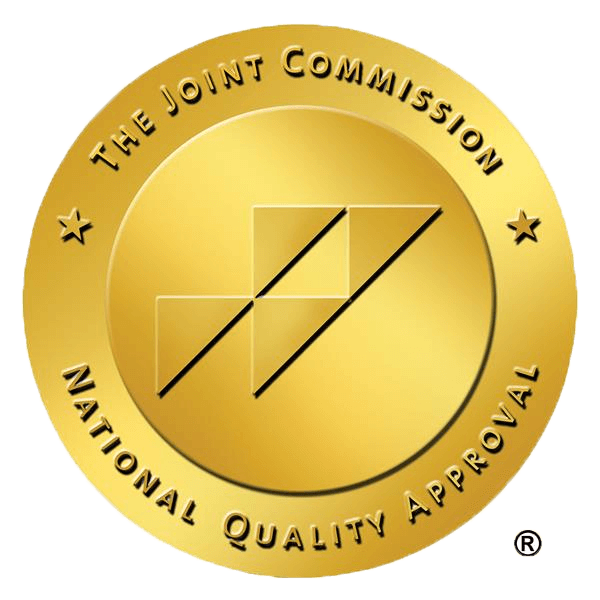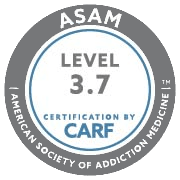OxyContin Withdrawal Timeline, Symptoms & Treatment
Table of Contents
OxyContin, a prescription painkiller derived from oxycodone, is a powerful form of pain relief. While there are various uses for this well-known drug, it is most commonly prescribed for chronic pain resulting from debilitating diseases like cancer and arthritis. OxyContin allows patients to find temporary relief from pain and discomfort, which enables them to better manage their symptoms and return to their normal activities.
While OxyContin is a source of relief for many people, it can also be a source of addiction. This potent drug possesses addictive properties that can drive individuals to abuse the painkiller. As a result of this dependence, it becomes increasingly difficult for people to break free from their addictions. Fortunately, with the right treatment, recovering addicts can find the support they need during the withdrawal process. Here’s what you need to know about withdrawal from OxyContin and how to overcome it.
OxyContin Withdrawal Timeline
The amount of time it takes OxyContin to wear off varies from person to person. Generally speaking, the drug doesn’t leave your system until about 12-24 hours after your last dose. However, it’s also worth keeping in mind that the painkiller has a half-life of 4 hours. This means that withdrawal symptoms may begin to appear anywhere from 4 to 8 hours after your last dose if you’ve been consistently abusing the medication.
As with many other prescription drugs, OxyContin’s withdrawal symptoms tend to follow a certain pattern. You can typically expect the later symptoms to appear a full 24 hours after the initial symptoms. The most severe signs of withdrawal usually take up to three days to subside, while the less acute symptoms can last another week or two.
There are various factors that influence the duration of withdrawal. The strength of your OxyContin dosage, the amount of time you’ve been using the drug, environmental stresses, and genetic or biological factors all play an important role in the way you experience withdrawal.
OxyContin Withdrawal Symptoms
The withdrawal process for OxyContin is divided into two distinct phases: initial symptoms and later symptoms. Understanding each phase can help you better navigate the process as you go through withdrawal treatment. Here is what each category entails and which symptoms belong to each group.
Initial Symptoms
The early symptoms of withdrawal often resemble flu-like symptoms. They include:
- Muscle aches and cramps
- Runny nose and/or congestion
- Sweating
- Chills
- Fever
- Insomnia
During the initial stage of withdrawal, you might also experience changes in mood, such as restlessness, irritation, anxiety, or agitation. These feelings represent your body’s emotional response to the adjustment period that comes with recovery.
Later Symptoms
Once you’ve recovered from the initial symptoms, the later symptoms will start to settle in. These typically include digestive symptoms as well as other forms of physical discomfort:
- Abdominal cramps
- Nausea and vomiting
- Diarrhea
- Reduced appetite
- Blurry vision
- Dilated pupils
- Rapid heartbeat
- High blood pressure
- Shivering and goosebumps
These symptoms can be painful and uncomfortable, but they are typically not life-threatening. However, going through a medical detox program in California can provide you with the support you need every step of the way.
Treatment for OxyContin Withdrawal
You shouldn’t have to go through the withdrawal process alone. Not only can this approach be dangerous to your health and well-being, but it also raises your risk of relapse. Trusting skilled and experienced medical professionals to guide you through the process can provide you with the tools you need to achieve a full recovery.
At Dana Point, we offer trusted drug detox treatment to fit your specific needs. Our beautiful campus in Southern California is fully staffed with licensed treatment specialists who have extensive experience in drug addiction. With around-the-clock management of withdrawal symptoms and personalized monitoring, we ensure that each of our patients receives the individualized care they need to recover.
Residents can also benefit from an on-site clinical team available 24/7, upscale and comfortable accommodations, and individual and group therapy sessions. No matter what the nature of your addiction is or what specific obstacles you’re facing, we’re here to provide you with the care you need to overcome your addiction and live a happier and healthier life. Contact Dana Point today to learn more about our addiction treatment options.









Leave a Reply
Want to join the discussion?Feel free to contribute!